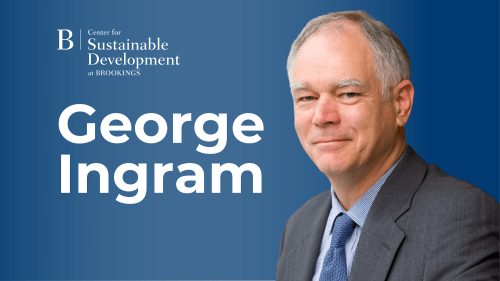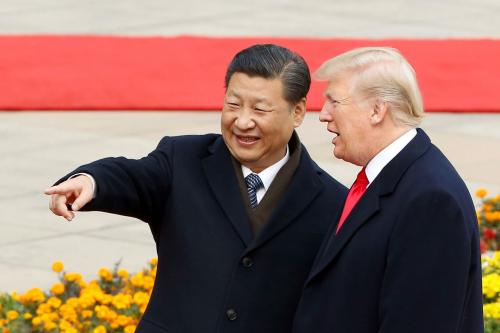Editor’s Note: Apart from the new pressures of the global financial crisis, the countries of Latin America are enjoying a period of economic growth, prosperity, and stable democracies. Yet these countries are also experiencing a great demographic change that will place more demand on their economies and governments. In a new article in the World Policy Journal, Leonardo Martinez-Diaz explains what these trends will mean for the region.
Introduction
These are the best of times in Latin America and the Caribbean. With very few exceptions, all of the hemisphere’s countries are now stable democracies. Civil war is a malady of the past, and peaceful transitions of power have become the rule, not the exception. Economic growth has been positive and robust across the region in recent years, hyper-inflation is a fading memory, and sound fiscal management has never been so widespread. The region’s people are richer and living longer than ever before. Even inequality—that chronic bane of Latin American societies—has fallen in Brazil and Mexico.
Yet over the next quarter century, this region of 33 nations and 600 million people faces powerful forces of change from outside and within. Latin American societies are aging rapidly, and demographic change is forcing them to confront new social and economic problems. The rise of India and China is generating enormously lucrative opportunities for some Latin American countries but creating serious competitive difficulties for others. Climate change potentially threatens Central American and Caribbean nations with destruction and dislocation. A growing middle class is changing domestic political dynamics. What will these trends mean for Latin America in the next 25 years? What will the region look like in 2033?
A few themes will be central to Latin America’s story in the next quarter century. To undertake crystal ball-gazing exercises that produce useful insights, the key is to focus on variables that are critical to a society’s future but that are relatively inflexible in the short- or medium-term—for example, a country’s industrial structure and the age distribution of its population. These characteristics provide clues about how a society’s more volatile dimensions, such as its politics and economy, might evolve.
The Brookings Institution is committed to quality, independence, and impact.
We are supported by a diverse array of funders. In line with our values and policies, each Brookings publication represents the sole views of its author(s).



Commentary
Latin America: Coming of Age
October 27, 2008